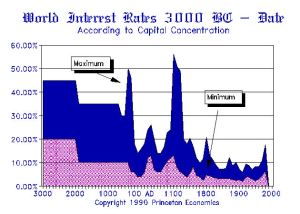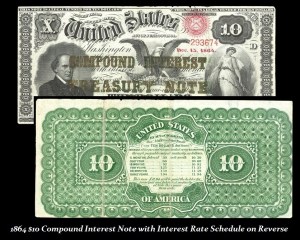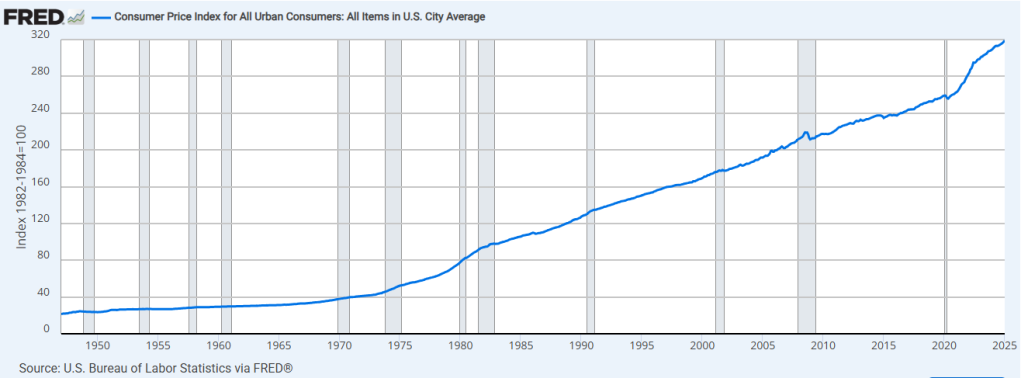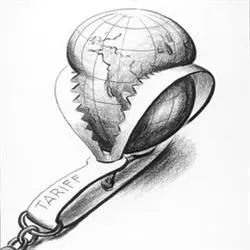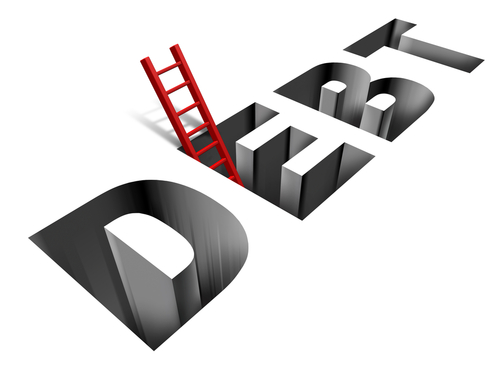The history of interest rates is provided on this site. Interest rates in a developed economy reflect the “option” value on the expected decline in purchasing power of money. If I expect it to decline by 5%, then I expect a profit, and say want 8%. You in turn will pay the 8% only if you think you also can make a profit above 8%, perhaps 10%+.
In an UNDEVELOPED economy, we transpose the depreciation risk of money with risk in general. Lacking any developed economy, one will lend based only on the risk of repayment. Therefore, without a legal system, the risk is either the person or the political climate. When we look at the history of interest rates, I demonstrated that the rate of interest, even within the Roman Empire, increased the further you moved away from Rome. Hence, the lowest interest rates are in the dollar and they rise in other countries based upon perceived political risk. Greece’s interest rates are significantly higher than Germany’s. This reflects political risk, not simply the future inflation rate in the euro.
After the revolution, the US government did not issue paper money until the Civil War. To encourage people to accept it (CONFIDENCE), it paid interest. In reality, this was a form of a circulating bond. The term “greenback” referred to the issues that did not pay interest and were not purportedly backed by silver or gold. You turned it over and it was just green ink with no promises.
The Fed did not increase the money supply with QE. What happened to the whole theory of the quantity of money impacting inflation? The problem lies in the definition. When U.S. government debt was illegal to borrow against using it as collateral, then issuing debt DID NOT increase the money supply. When that was changed, and you could post T-bills as collateral to trade, then there was no longer a difference between debt and money.
So, the Fed buying in bonds did not increase the money supply and failed to create inflation as expected. It merely swapped bonds (money paying interest) with non-interest-paying money (electronic entries). The bankers then complained that the Fed had created the Excess Reserve Facility. The SF Fed argues that Milton Friedman said they should pay interest on reserves. That was only on the required reserves. The creation of the Excess Reserves totally negated the entire idea of stimulating the economy, as the banks never lent the money out. It became a giant swap of bonds for cash deposits, of which the Fed then had to pay 0.25% interest.
So now, turning to the VELOCITY of money: a decline here demonstrates that people are HOARDING cash (rising in purchasing power as assets decline), as well as banks (Excess Reserves). We have companies buying back their own stock, further shrinking the supply of equities and fueling the deflationary spiral. The Excess Reserves at the Fed show just how much banks are hoarding cash.
Therefore, we can see the deflationary trend and the contraction right here. The cycle has changed. The wheel of fortune has completed its revolution. Governments are turning against the banks and looking to electronic currency. The days of rumored banking conspiracies are coming to an end, as it always does. The banks will be a giant short. When the Sovereign Debt defaults become a contagion, the banks will not be supported by government.


